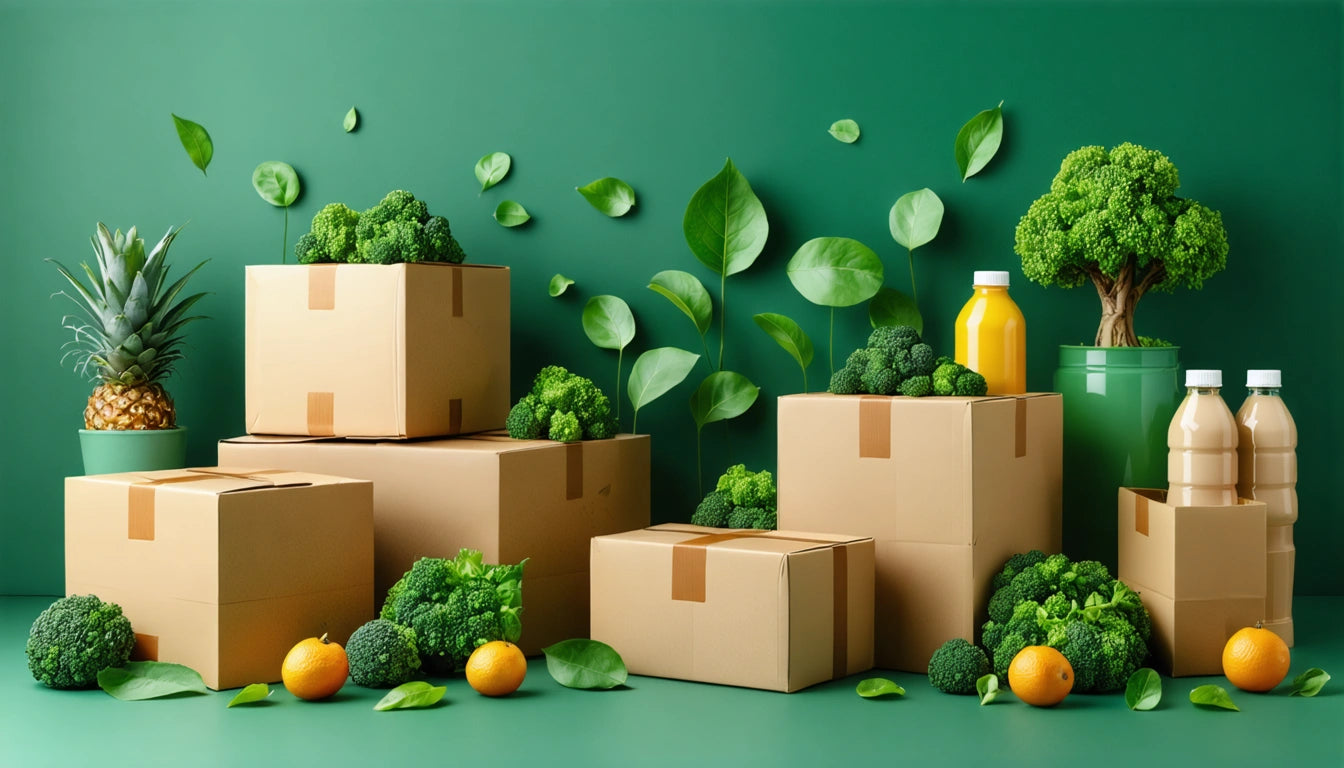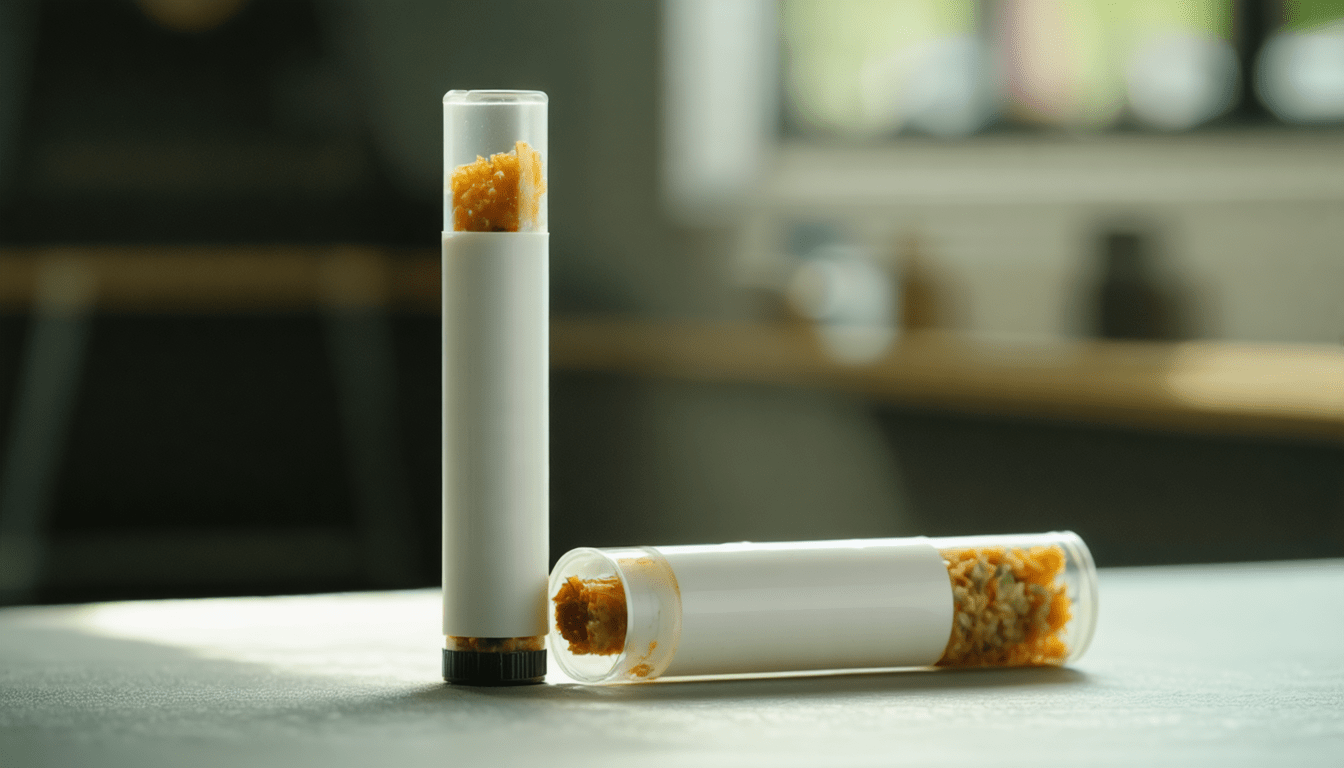Table of Contents
Keep It Fresh: Smart Packaging That Extends Shelf Life
Product freshness remains a critical concern across industries, from food and pharmaceuticals to cannabis. Smart packaging technologies have emerged as powerful solutions to extend shelf life, reduce waste, and ensure product quality from production to consumption. These innovations go beyond traditional packaging by actively preserving contents and communicating real-time status information.
Understanding Smart Packaging for Extended Shelf Life
Smart packaging refers to packaging systems that maintain product quality, extend shelf life, and provide information about product condition. It falls into two main categories: active packaging (which interacts with contents to extend shelf life) and intelligent packaging (which monitors and communicates product condition).
According to industry reports, smart packaging solutions can extend product shelf life by 20-60% depending on the technology employed and product type. This significant extension reduces waste and improves consumer satisfaction with product freshness.
Innovative Materials That Preserve Freshness
Modified Atmosphere Packaging (MAP)
MAP technology alters the atmospheric composition inside packaging to slow deterioration. By adjusting oxygen, carbon dioxide, and nitrogen levels, MAP creates optimal conditions for specific products. For cannabis products, low-oxygen environments help preserve terpenes and cannabinoids from oxidation.
Barrier Films and Coatings
Advanced polymer films and coatings create superior barriers against moisture, oxygen, and light. These materials prevent external elements from degrading product quality. Multi-layer films can be customized to address specific preservation needs for different product categories.
High-quality sealing mechanisms are equally important in maintaining these controlled environments. Specialized caps and lids for storage containers provide airtight seals that maintain freshness while meeting regulatory requirements for child resistance and tamper evidence.
Active Packaging Technologies
Oxygen Absorbers and Scavengers
Oxygen absorbers actively remove oxygen from package headspace, preventing oxidation that leads to degradation. These small sachets contain iron powder that binds with oxygen molecules, creating an almost oxygen-free environment that significantly extends shelf life for oxygen-sensitive products.
Moisture Control Systems
Humidity control elements like silica gel packets and clay-based desiccants absorb excess moisture that could otherwise promote microbial growth. For cannabis products, maintaining optimal humidity levels (typically 58-62%) preserves potency and prevents mold development.
Antimicrobial Packaging
Packaging infused with antimicrobial agents inhibits bacterial and fungal growth. Silver ions, essential oils, and other natural compounds can be incorporated into packaging materials to create inhospitable environments for microorganisms without affecting product quality.
Intelligent Packaging Solutions
While active packaging works to preserve products, intelligent packaging communicates information about product condition. As explored in this article on RFID and NFC technologies, these systems enable real-time monitoring of product freshness.
Time-Temperature Indicators
These visual indicators change color when products have been exposed to temperatures outside acceptable ranges. This technology is particularly valuable for temperature-sensitive products like edibles and concentrates, allowing consumers and retailers to verify proper storage conditions have been maintained.
Freshness Indicators
Chemical sensors that detect gases produced during product degradation provide visual cues about remaining shelf life. These indicators change color in response to volatile compounds released as products age, giving consumers instant feedback about freshness.
Digital Integration
QR codes and NFC tags link physical packaging to digital information about product handling, storage recommendations, and expiration. Interactive QR code implementations allow brands to provide detailed freshness information and storage instructions to consumers.
Implementation Strategies for Businesses
- Conduct shelf-life testing to identify specific degradation factors for your products
- Select packaging technologies that address your primary preservation challenges
- Consider consumer education needs around new packaging technologies
- Balance implementation costs against reduced waste and extended distribution timelines
- Integrate smart packaging with inventory management systems
Companies should approach smart packaging as an investment rather than an expense. Extended shelf life translates to expanded distribution ranges, reduced returns, and improved customer satisfaction.
Future Innovations in Shelf-Life Extension
The smart packaging landscape continues to evolve with promising new technologies on the horizon. Biodegradable active packaging materials address sustainability concerns while still delivering preservation benefits. Meanwhile, emerging technologies like printed electronics and smartphone-readable freshness sensors will make intelligent packaging more accessible and informative.
For businesses looking to stay competitive, investing in smart packaging solutions that extend shelf life isn't just about preservation. It's about delivering consistently fresh experiences that build brand trust and reduce environmental impact through decreased waste. As consumer expectations for quality and sustainability continue to rise, smart packaging will become an increasingly essential component of product strategy.











Leave a comment
All comments are moderated before being published.
This site is protected by hCaptcha and the hCaptcha Privacy Policy and Terms of Service apply.